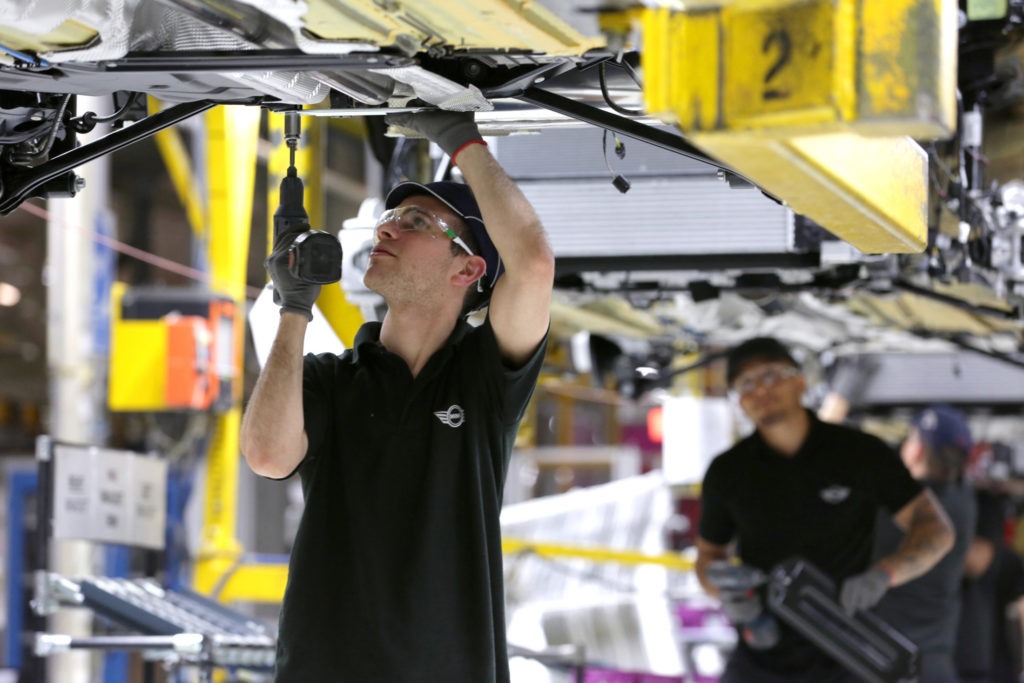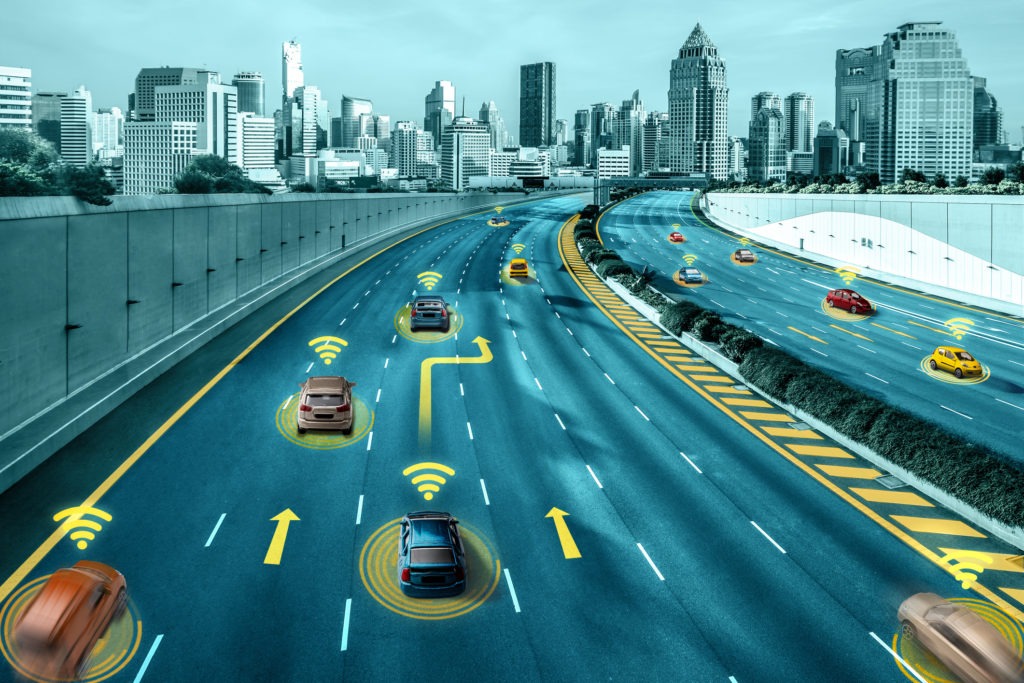Will e-fuels keep the internal-combustion engine running?
27 July 2022

The age of the internal-combustion engine (ICE) looks to be drawing to a close. But is the future of transport dominated by zero-emission vehicles? Autovista24 deputy editor Tom Geggus is joined by editor Phil Curry and journalist Rebeka Shaid to discuss e-fuels.
Subscribe to the Autovista24 podcast and listen to previous episodes on Apple, Spotify, Google Podcasts and Amazon Music.
Show notes
Can e-fuels save the internal-combustion engine?
How will Europe’s efforts to cut CO2 emissions affect the automotive industry?
EU lawmakers reach compromise on emissions and end to new petrol and diesel car sales
How significant is motorsport to the automotive industry as technologies change?
New F1 synthetic fuel has real-world ambitions
Are e-fuels as green as they seem?
Episode synopsis
The use of e-fuels in the transport sector is a controversial topic, not only on a political level but also in the wider the automotive industry. Opinions on these alternative fuels remain divided, with proponents hoping that synthetic fuels can be used beyond the proposed EU-wide ban of new ICE cars in 2035. Following a meeting between EU environment and climate ministers, a door has been left open for carbon-neutral fuels.
E-fuels are a synthetic copy of petroleum-based fuels and are often promoted as more sustainable because production relies on CO2 captured from the atmosphere. If renewable energy is used during this process, e-fuels can be considered climate-neutral.
Advocates highlight that e-fuels can help achieve emissions-reduction targets as they have a high energy density, are easy to store, and can be transported cost-effectively over long distances.
Lowering emissions
According to the latest figures from the European Automobile Manufacturers’ Association (ACEA), there were 348.6 million passenger cars on Europe’s roads in 2020, with an average car parc age of around 12 years. Just 0.5% of these were battery-electric vehicles (BEVs), meaning 346.9 million vehicles use some form of ICE drivetrain. These vehicles will not disappear overnight in 2035, and as drivers grapple with potential electric-vehicle (EV) infrastructure shortages, many may turn to the used-car market to keep motoring.
While carmakers concentrate on zero-emission technologies, millions of drivers of these older vehicles could help reduce emissions through the use of e-fuels. It may even become mandatory for them to be used, much like the introduction of E10 unleaded petrol, or biodiesel.
Carmakers such as Mazda and BMW are backing e-fuels. Porsche is also a big believer and is currently making large investments. Together with Siemens Energy and other companies, the sportscar manufacturer is building an industrial plant in Chile, which will be dedicated to the production of an ‘almost carbon-neutral e-fuel.’
Motorsport use
E-fuels also have an important part to play in motorsport. Formula 1, which many consider to be the pinnacle of racing, will introduce synthetic fuels as part of its new engine regulations from 2026. These new rules are expected to attract carmakers Porsche and Audi to join Mercedes-Benz, Ferrari, and Renault, while Honda also retains interest through a partnership with Red Bull Powertrains.
The development of e-fuels in this high-pressure sport could promote their presence on roads in Europe. For Ferrari, it may also help the manufacturer understand how to get the best out of future sportscars, which may face challenges as the industry moves to electrification. E-fuels might then work as a bridging technology and could be used in niche areas where electrification is currently not possible.
Environment and e-fuels
But the effectiveness of e-fuels is being questioned, not least because of their cost effectiveness, scarce availability, and high energy consumption. Environmental transportation groups have repeatedly raised the red flag on synthetic fuels.
Transport and Environment (T&E) published the results of its research late last year. The organisation found that e-fuels emit as many nitrous oxides as standard E10 petrol, much more carbon monoxide, and twice the amount of ammonia. More recently, T&E analysed the total life-cycle emissions of cars purchased in 2030. A car running on a mixture of e-fuels and petrol would only reduce its life-cycle emissions by 5% compared to conventional fuels.
Meanwhile, the International Council on Clean Transportation (ICCT) pointed to the inefficiency of synthetic fuels. According to the group, at best, half of the electric energy used during production is converted into liquid or gaseous fuels. With the inefficiency of an internal combustion engine, an e-fuel pathway may only see 16% efficiency levels. Considering the expense, the inefficiency, and the environmental risk, synthetic fuels begin to look more like a stepping stone worth missing.



